Knowing what drives you and your organisation can save 1000 future decisions.

Start with why by Simon Sinek revolves around the concept that all successful companies, brands, and individuals, all have a single underlying motivation for everything they do. It might not always be obvious and, Sinek argues, that is sometimes why organisations are not so successful: this encourages companies to focus on cheaper gimmicks/deals/discounts to improve the sellability of their products. Whereas, organisation that know their raison d’etre and allow it to permeate all they do, develop a loyal group of customers who will feel allegiance to that company even if it is difficult to articulate particularly why. Sinek specifically picks up on this ineffability, suggesting that your ‘why’ is hard to describe because it is emotional and usually subconscious; this is in stark contrast to your ‘how’ (you achieve your why) and ‘what’ (specific, physical things you do to).
Sinek argues that individuals have a why and identifying, understanding, and using it will help to ensure that all we take on is in alignment. This is consistent with the idiom of ‘1 decision to save 1000 decisions’, i.e. if you can decide on what your top priority/values are then this simplifies almost all future ones.
Find your why is more of a practical description of how to go about identifying your (or your organisation’s) why. It is interesting how much it overlaps with other exercises that aim to identify your core beliefs/values. Many other authors (e.g. Steven Covey) have before given similar suggestions that we feel more centred when we know our values, how this shapes our beliefs/paradigm of the world, then how we see our identity/positions that we hold, and finally the physical things we do.
Some specific points:
- A ‘why’ takes the general structure of: “To…[<contribution>]…, so that [<impact>]…”
- The discovery process involves identifying stories of significant events from your childhood and exploring the emotion underlying them in order to find common themes. Working with a partner, you pick the top themes for your ‘why’ and the rest form your ‘how’s.
- When trying to explore deeply held beliefs, ask people “What” questions, rather than “Why” questions because they are easier to answer e.g. “What about that did you enjoy?”
When I first read this book, I was smitten and spent a long time trying to identify a single, unifying sentence that I could use to capture the essence of what was at my core. Whilst the exercise was generally useful, as such deep reflective practices tend to be, I am not sure it will necessarily be helpful to everyone as it may add fuel to the slow burning sensation they they aren’t in quite the right job or city or relationship and something else, more true to ‘them’ is out there. This would be in conflict with the writings of many others (e.g. Viktor E. Frankl, Cal Newport) who would argue that the deeper you go into a piece of work or a relationship the more you will get out of it. Rather than a constant quest to discover a true calling, such authors would recommend mastering what you already do and that this is a way to find fulfillment. A final, more objective, view is that whilst you may have your own deeply held set of beliefs, the world needs you to make the biggest contribution possible to try and achieve the greatest good, i.e. the effective altruism perspective (see 80, 000 hours website). I doubt that any of these are correct to the point of excluding all others but it is useful to contrast all of them. Despite saying this, I stand by the fundamental concepts Sinek proposed here and re-visit my notes on these texts regularly.
More books like this:
- The seven habits of highly effective people by Stephen Covey
- Essentialism by Greg McKeown
Here are one, two, and three other summaries/reflections on this book.
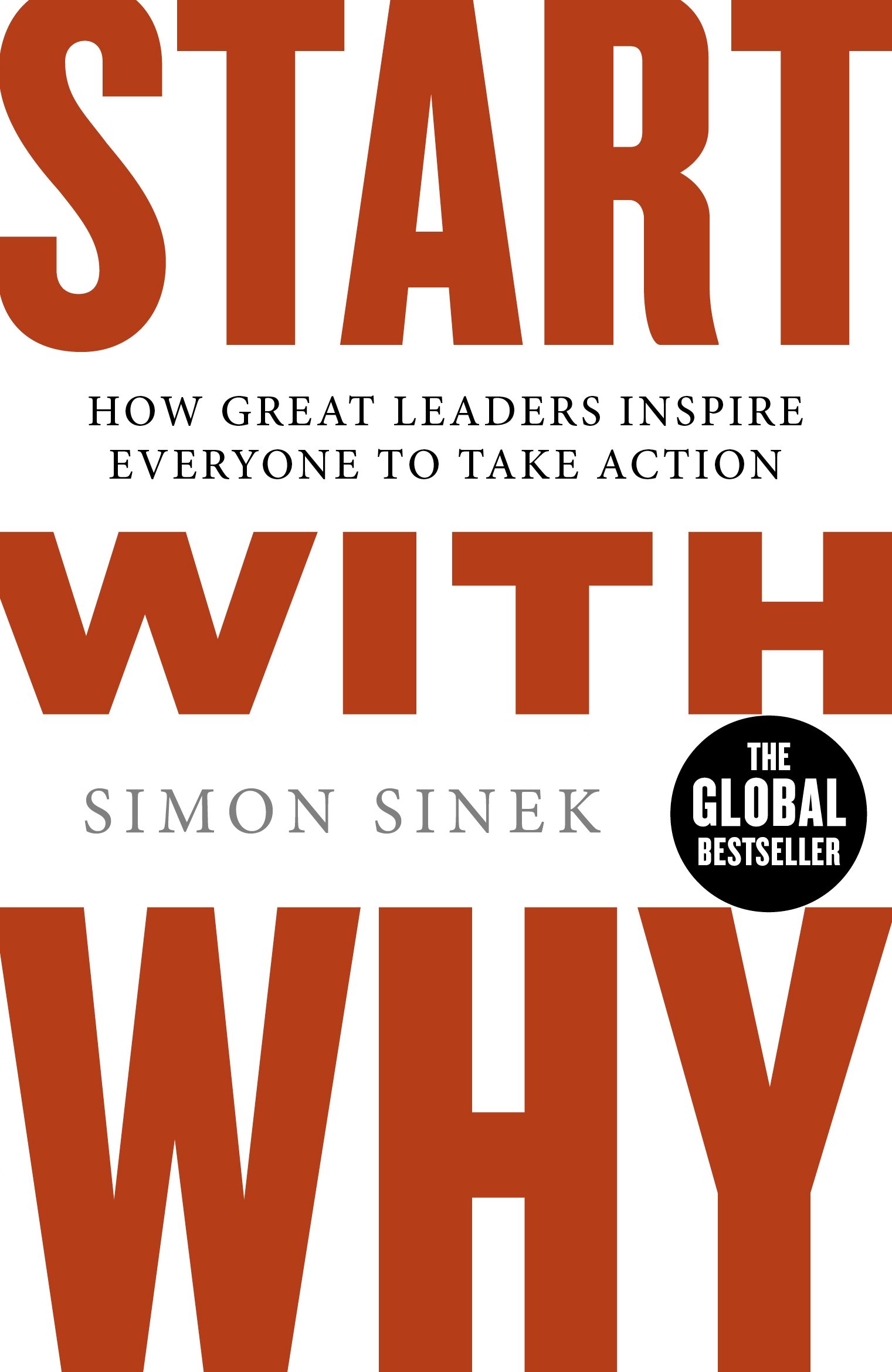
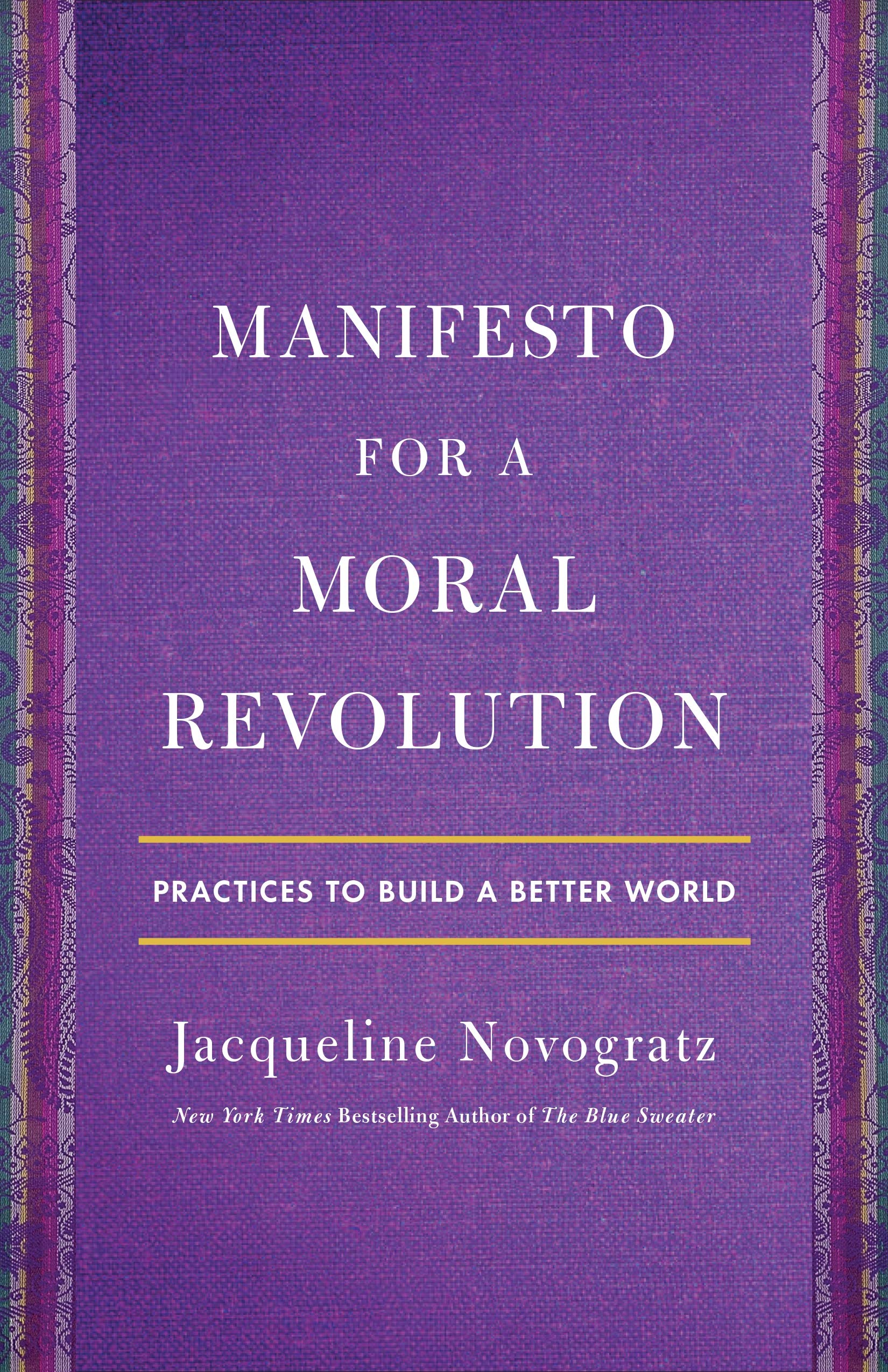
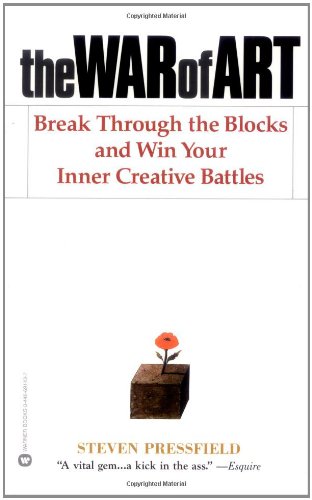
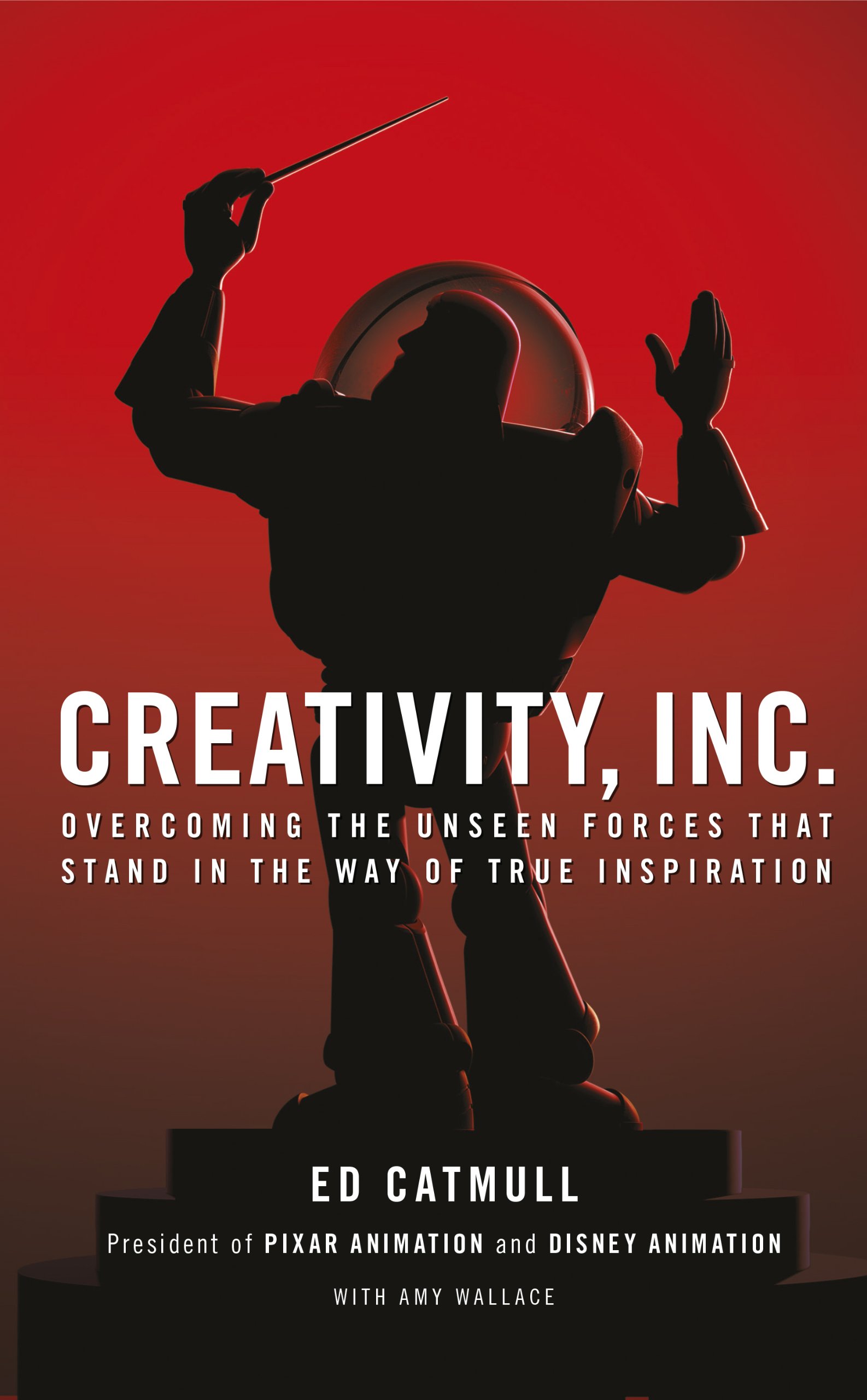
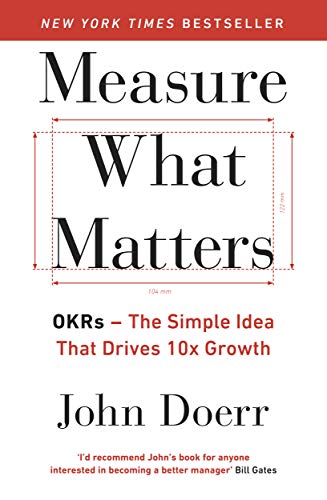
One thought on “Start with why and Find your why by Simon Sinek”
Comments are closed.